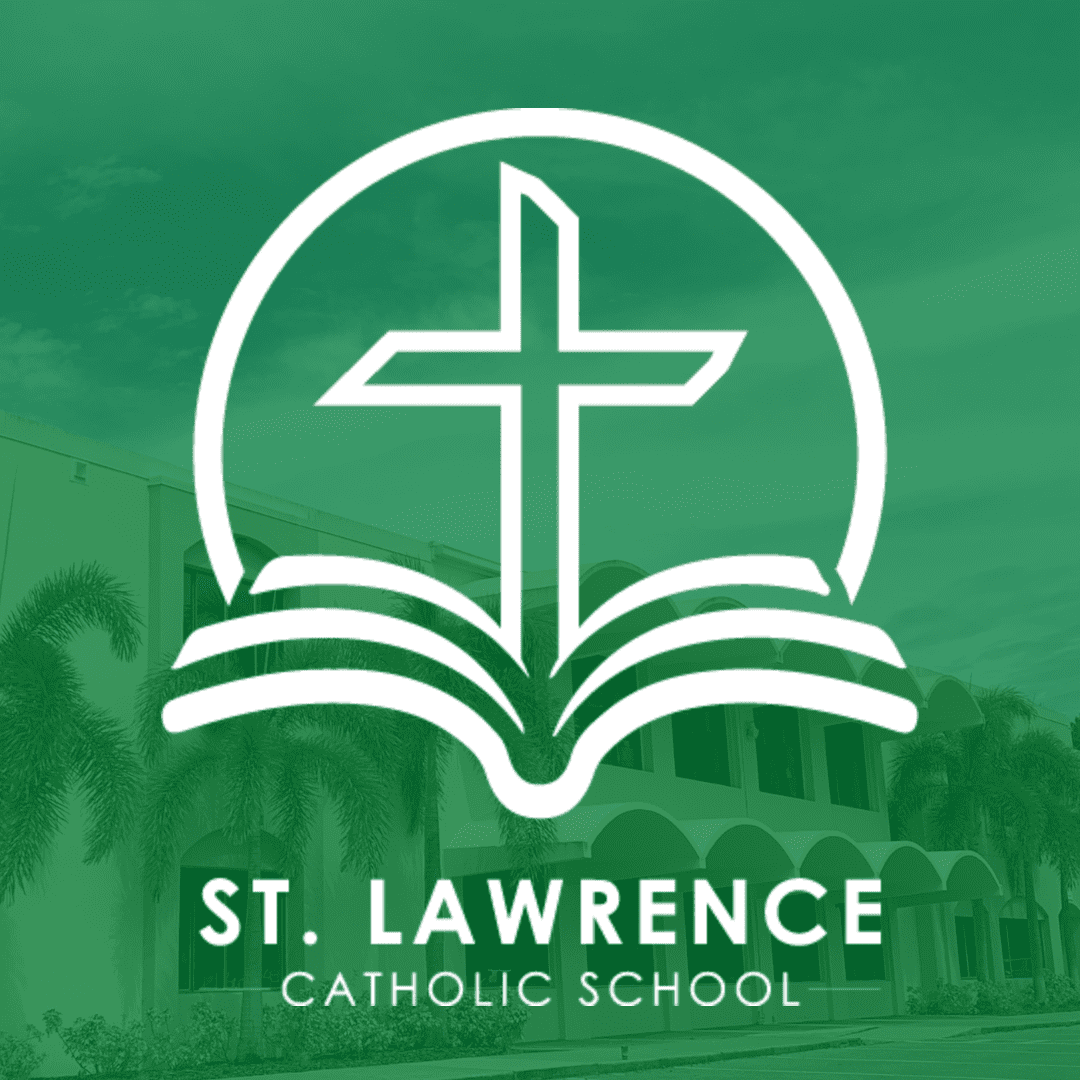Our Philosophy on Intellectual Development
- To maintain high academic standards by updating curricular materials and teaching methods that compliment the program.
- To challenge students to expand their intellectual capacity through opportunities offered in the classroom, intra-school, and community competitions.
- To encourage students to reach a level of achievement based on his/her own level of ability.
- To stimulate an appreciation for art, music, drama, foreign language, technology and physical education.
- To foster the development and growth of school faculty as leaders committed to Catholic education.
- To establish benchmarks for using technology as a tool for learning so that students are well prepared for a continually changing technological world.
- To continue providing technology training for teachers.
- To look at assessment in terms of levels of performance relative to the knowledge specific to a subject area.
- To provide stimulation for critical thinking and the use of up-to-date technology.
- To recognize that learning is a lifelong process.
Curricular Programs by Subject
Social Studies: Pearson/Savvas, K-5; Discovery Education, MS
Science: Pearson/Savvas, K-8; Earth Science, 6th; Life Science, 7th; Physical Science, 8th
Religion: Loyola Press, Preschool; Sadlier K-6; Sophia Press, MS
Math: Bridges Math, K-2; MS Glencoe/McGrawHill – Florida Reveal Math, 3-8 (pre-algebra 7th, Algebra I 8th)
Reading: Starfall.com, Preschool; Zaner-Bloser Superkids, K-2; Novel Studies grades 3-8; Sadlier (Vocabulary Workshop, Grammar Workshop, grades 3-8); Readworks.org; CommonLit.org
Spanish: Vista Higher Learning, grades 3-8
Writing: Top Score Writing (grades 3-8); Grammar for Writing, MS
Assessments:
- Terra Nova (annually in February)
- NWEA MAP Testing (Grades K-2) and DRC Beacon Testing (Grades 3-8) – August, January, & April
We use results from both tests and teacher recommendations for higher math and ELA classes in middle school.

